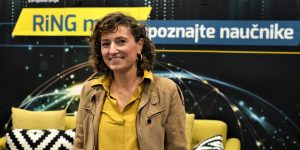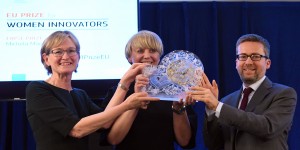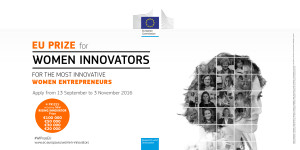For the first time ever scientists have observed a collision of two neutron stars. They used two different kinds of methodologies, gravitational waves and light.
These ground-breaking results were presented yesterday by the research teams behind the discovery of gravitational waves – work which recently earned three of their leading researchers the 2017 Nobel Prize in Physics. 11 fellows from the EU funded project GraWIToN have participated in this observation. The project is funded with €3.7 million under the Marie Skłodowska-Curie Actions.
Commissioner for Research, Science and Innovation, Carlos Moedas, underlined the extraordinary nature of the observation: “Today marks a new approach in astronomy. From now on researchers are able to both see and hear cosmic events to better understand them. I am proud that EU funding contributed to their pioneering revelations.”
Commissioner for Education, Culture, Youth and Sport, Tibor Navracsics, emphasised that “this discovery again proves that our investment in excellent researchers leads to important scientific breakthroughs. Here, the results have the potential to revolutionise astrophysics, but the Marie Skłodowska-Curie Actions support research that helps us tackle the big challenges facing Europe across the board”.
The discovery will further deepen our grasp of the universe demonstrating that gold and platinum are formed in large cosmic collisions. The research was conducted by the LIGO observatory in the US, the Virgo detector in Italy, and other facilities including the European Southern Observatory (ESO). The EU has supported ESO with over €14 million in the past ten years.
Further information is available in a Horizon magazine article and a news item.




